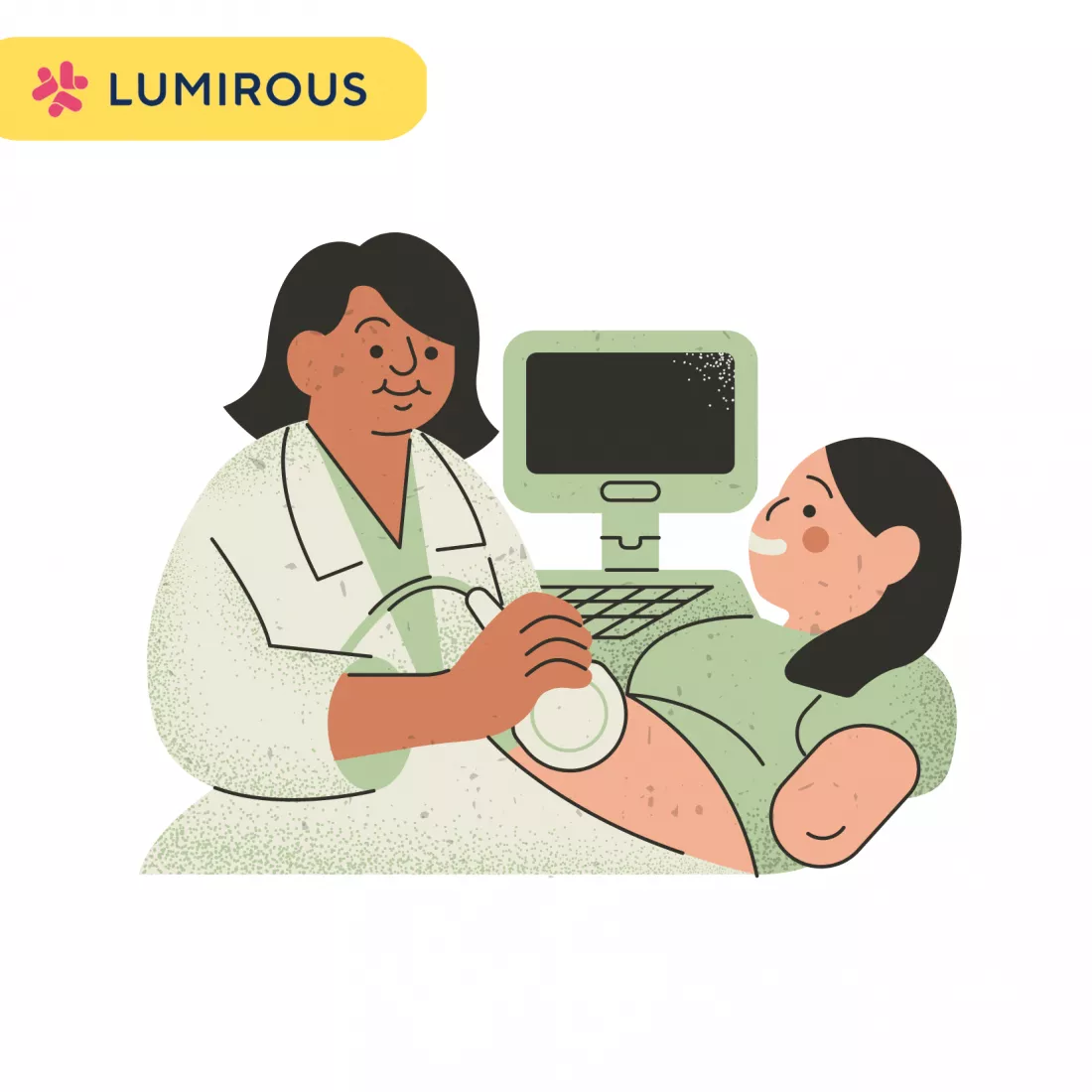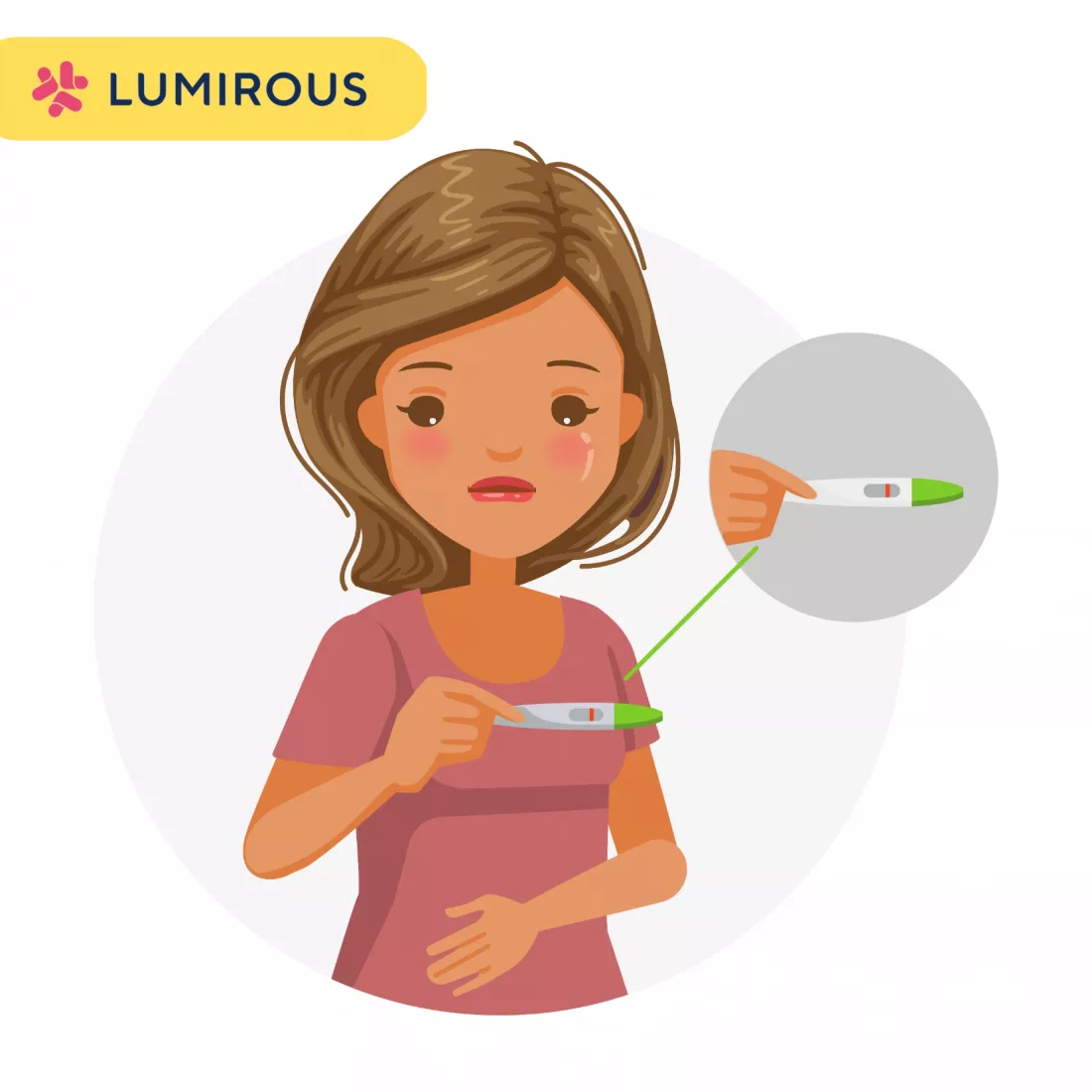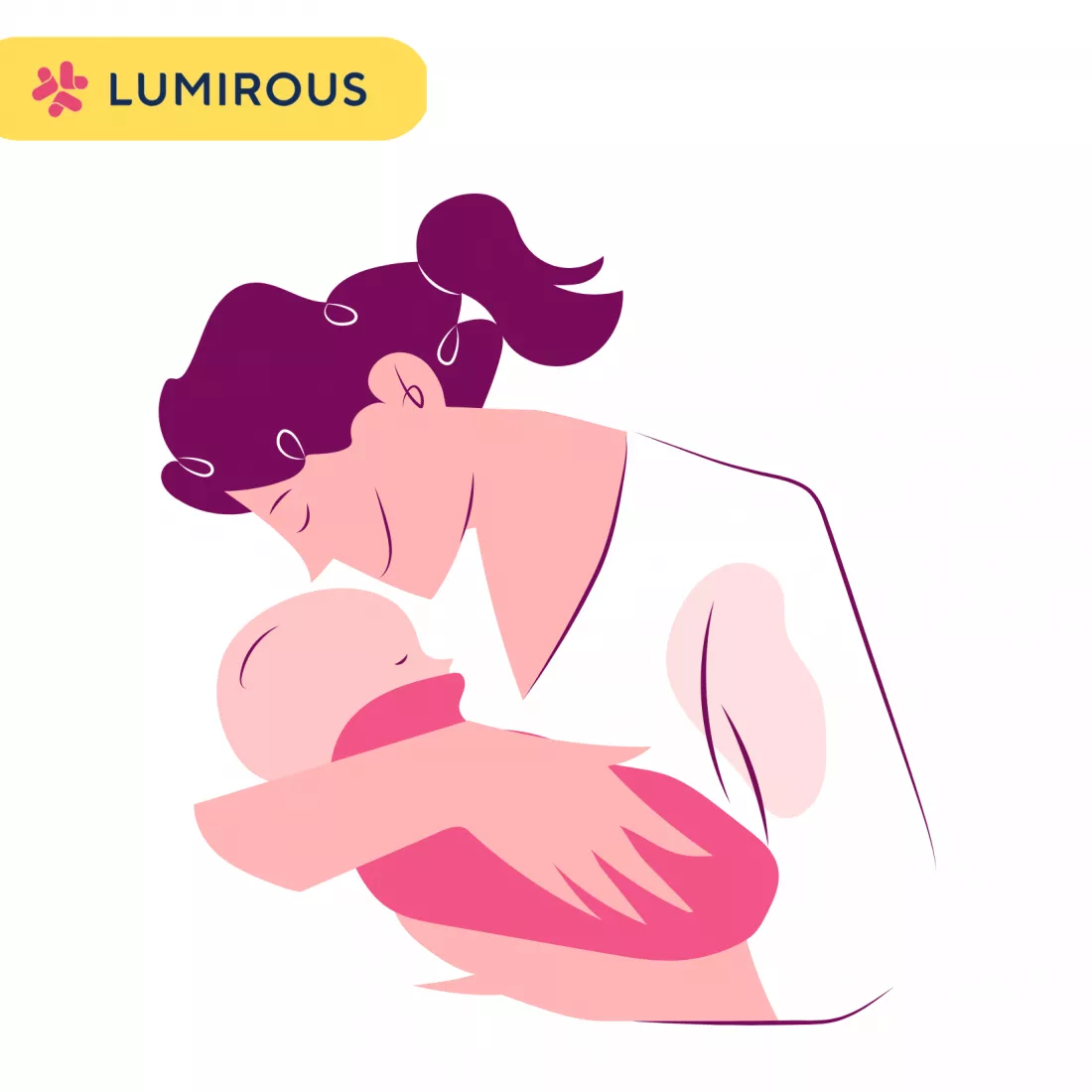Table of Contents
 IVF treatments are common among parents who experience infertility. To know more about IVF in detail, check out our articles on IVF here. In this article, we will be tackling the success rates of IVF and how to calculate them.
IVF treatments are common among parents who experience infertility. To know more about IVF in detail, check out our articles on IVF here. In this article, we will be tackling the success rates of IVF and how to calculate them.
How are IVF Success Rates Presented?
 The chances of success with IVF depend on a multitude of reasons. There are several factors that add to the chances of success, such as the age of the parents having the treatment, as well as the reason for infertility that resulted in the process. There is also the chance that the parent has an unknown cause of infertility, which further complicates the situation.
The chances of success with IVF depend on a multitude of reasons. There are several factors that add to the chances of success, such as the age of the parents having the treatment, as well as the reason for infertility that resulted in the process. There is also the chance that the parent has an unknown cause of infertility, which further complicates the situation.
Here at LUMIROUS, we intend on discovering the exact breakdown of these chances of success when it comes to IVF. We discovered that there are separate success rates for different stages of the cycles, which can be referred to below.
IVF Success Rates Per Start of the Cycle
At the beginning of the cycle, the IVF success rates would typically be higher for patients who are under the age of 35. The first cycle starts off with a modest 33%, however the percentage increases to a whopping 55% and sometimes even 77% by the eighth cycle.
IVF Success Rates Per Embryo Transfer
Similar to the start of the cycle, the IVF success rates are higher for patients who are under the age of 35. These patients have a 60% successful pregnancy rate per embryo transfer, while the percentage decreases dramatically for patients of a different age group. The success rates can drop up to 20% for patients over 40 for an embryo transfer, which is why it is not recommended.
Cumulative Success Rates
 When starting IVF, patients under 35 have a higher chance for a successful live birth compared to patients over 35. The cycles had patients vary in age when they started the treatment and the number of previous cycles performed (for patients doing IVF for their second, or third time). However, it is interesting to note that the cumulative success rates increased as the cycles repeated!
When starting IVF, patients under 35 have a higher chance for a successful live birth compared to patients over 35. The cycles had patients vary in age when they started the treatment and the number of previous cycles performed (for patients doing IVF for their second, or third time). However, it is interesting to note that the cumulative success rates increased as the cycles repeated!
What this means is that while patients who begin treatment before 35 will have the highest success rate, the patients over that age still increased their chances of a live birth after several cycles. The age group 40 to 44 typically has an 11% live birth chance, but the cumulative live-birth rate increases up to 21% to 34%!
How are IVF Success Rates Calculated?
 IVF success rates can mean two things; successful pregnancy rates or live birth rates. There are a few ways to calculate IVF success rates— but the best way would be to divide the number of live births by the number of procedures or treatments are done. This being said, the success rate varies depending on how each fertility center views end results and which procedure and treatment to be used as the starting point for this calculation.
IVF success rates can mean two things; successful pregnancy rates or live birth rates. There are a few ways to calculate IVF success rates— but the best way would be to divide the number of live births by the number of procedures or treatments are done. This being said, the success rate varies depending on how each fertility center views end results and which procedure and treatment to be used as the starting point for this calculation.
Unfortunately, this also includes miscarriages and biochemical pregnancies in the calculation results. That being said, the 12-week mark of a pregnancy is usually good news for the chances of a successful live birth.
What is a Biochemical Pregnancy?
 In a biochemical pregnancy, the pregnancy hormone will rise like it normally would. The catch is that when it is a biochemical pregnancy, the level of the pregnancy hormone will not continue to rise but instead will eventually fall. It is specifically this that differs it from a normal pregnancy, as the rapid fall of the hormone is not something that would ever occur in a clinical pregnancy.
In a biochemical pregnancy, the pregnancy hormone will rise like it normally would. The catch is that when it is a biochemical pregnancy, the level of the pregnancy hormone will not continue to rise but instead will eventually fall. It is specifically this that differs it from a normal pregnancy, as the rapid fall of the hormone is not something that would ever occur in a clinical pregnancy.
Pregnancy at Week 12
At 12 weeks, the pregnancy is typically in full swing with the baby growing double its size compared to the last few weeks. As it is the last week of the first trimester, the fetus would now have organs, muscles, limbs, and even bones all developed and grown. In terms of length, the fetus would be about 5 centimeters long at this point. All of these are amazing signs of IVF success!
When you’re pregnant at week 12, you will notice yourself having an extra glow thanks to all the estrogen and progesterone that your body is producing. It is also a good sign as the chances of miscarriage drop dramatically, where it only affects up to 2 to 3% of pregnancies in the second trimester.
At this point, you will also get to hear your baby’s heartbeat! If it has not taken place yet in week 12, you will be due for it any day now. It’s also time to start investing in maternity wear: that baby bump is only going to grow bigger now!
Live Birth
 One of the most emotional parts of pregnancy is none other than the live birth. From the excruciating pain to the moment you hear your baby’s cries for the first time; it’s an experience like no other. After weeks and months of carrying your baby, it’s finally time to welcome them to the world.
One of the most emotional parts of pregnancy is none other than the live birth. From the excruciating pain to the moment you hear your baby’s cries for the first time; it’s an experience like no other. After weeks and months of carrying your baby, it’s finally time to welcome them to the world.
The ultimate measurement of IVF success rates would be in live births. The NHS (2019) recorded that the percentage of successful IVF treatments was higher for patients below the age of 35, who had a rate of 32%. For the age groups of 35 to 37, the percentage dropped to 25% and for the age groups of 38 to 39, it was 19%. The age groups above 40 were considered a high risk group, as there were very low chances of a successful pregnancy. Therefore, typically IVF treatment would not be recommended in these cases.
With that, we have recapped all the different ways to determine the success rates of IVF and how they are calculated. To learn more about IVF treatments and fertility clinics, visit LUMIROUS for more information. You can also contact us below for any further questions.
